What is Creatine?
Creatine is one of the most well-researched and effective supplements for increasing strength, muscle mass, and performance. It is a naturally occurring compound found in small amounts in foods like red meat and fish. However, supplementation ensures your muscles have a readily available energy source to power through high-intensity workouts.
The Gold Standard: Creatine Monohydrate
What is Creatine Monohydrate?
Creatine Monohydrate is the most widely used and studied form of creatine. It has been proven to increase muscle mass, improve exercise performance, and support cognitive function.
Benefits of Creatine Monohydrate:
Proven Effectiveness – Backed by hundreds of scientific studies.
Cost-Effective – Most affordable form of creatine.
Highly Bioavailable – Easily absorbed by the body.
Muscle Hydration – Helps pull water into muscle cells for a fuller look.
ATP Production – Enhances energy output during intense training.
Creatine HCL: A Newer Alternative
What is Creatine HCL?
Creatine Hydrochloride (Creatine HCL) is a more recent form of creatine that binds the molecule to hydrochloric acid. This formulation claims to offer better solubility and absorption compared to monohydrate.
Benefits of Creatine HCL:
- Increased Solubility – Dissolves more easily in water.
- Reduced Bloating – Some users report less water retention compared to monohydrate.
- Smaller Doses Required – Due to enhanced absorption, lower doses may be effective.
Creatine Monohydrate vs. Creatine HCL: Which One Should You Choose?
Effectiveness
Both forms support strength and performance, but Creatine Monohydrate has decades of research backing its effectiveness, while HCL has limited studies in comparison.
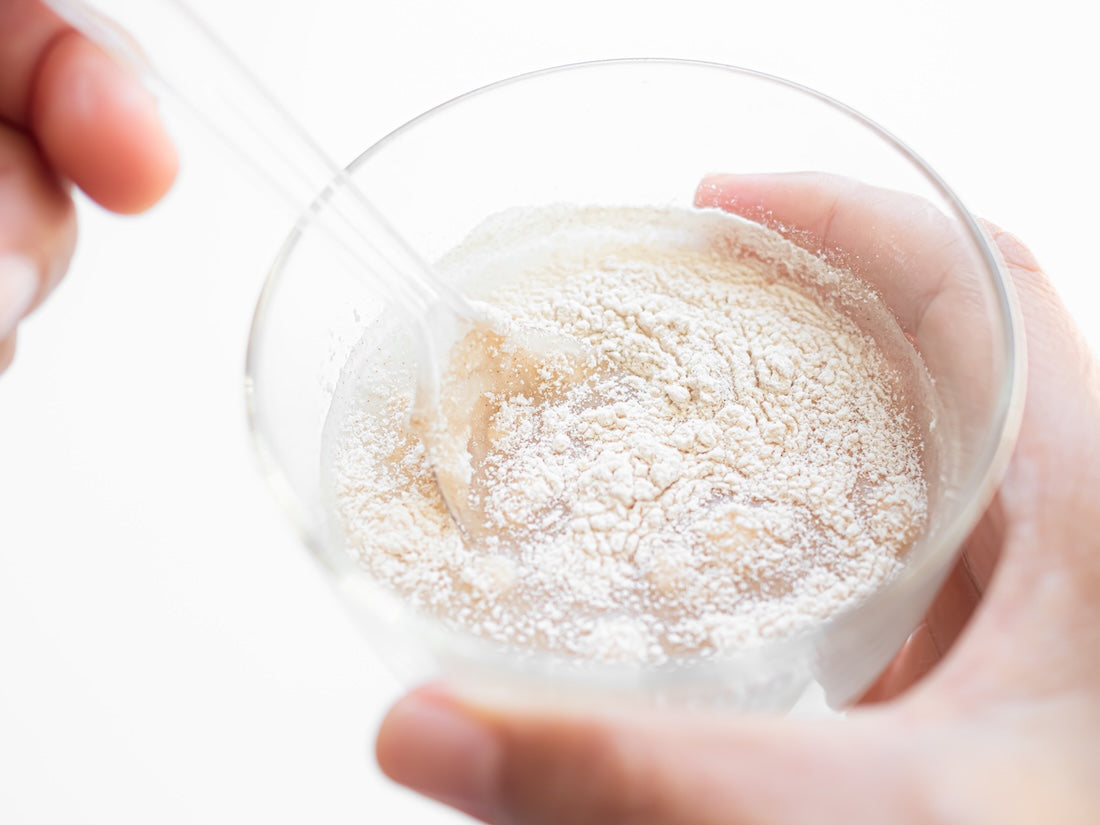
Absorption & Solubility
Creatine HCL is more soluble in water, which may make it easier to digest for those who experience bloating with monohydrate. However, monohydrate’s absorption can be improved by simply taking it with food or warm water.
Creatine Monohydrate is the most widely used and studied form of creatine. It has been proven to increase muscle mass, improve exercise performance, and support cognitive function.
Cost Comparison
Creatine Monohydrate is significantly cheaper and available in larger quantities, making it the better option for budget-conscious consumers.
Dosage
Creatine Monohydrate: Standard dose is 3-5g per day.
Creatine HCL: Due to better solubility, a smaller dose of 1-2g per day is typically recommended.
Which One is Right for You?
If you want the most researched and cost-effective option → Go with Creatine Monohydrate.
If you have digestive issues with monohydrate → Try Creatine HCL.
If budget is a concern → Creatine Monohydrate is the better value.
Final Verdict
Creatine Monohydrate remains the gold standard due to its overwhelming scientific support, affordability, and effectiveness. While Creatine HCL may offer benefits for those with digestive sensitivities, it lacks the extensive research backing monohydrate.
Where to Buy High-Quality Creatine
When choosing a creatine supplement, opt for 100% pure, lab-tested Creatine Monohydrate from a trusted brand. Look for third-party testing certifications to ensure quality and purity.
Related Articles:
Best Time to Take Creatine for Maximum Absorption
- 5 Tips for faster recovery
- Unlocking the Power of Glutamine for Performance Athletes and Bodybuilders
- Boost Your Athletic Performance with These Effective Workout Tips
FAQ
1. Does Creatine Cause Water Retention? Yes, but primarily inside muscle cells, which enhances muscle fullness and strength.
2. Can I Mix Creatine with Protein? Yes! Creatine and protein work synergistically to support muscle growth.
3. Should I Cycle Creatine? No, cycling is unnecessary as long as you take the recommended daily dose.
4. Is Creatine Safe? Yes, extensive research confirms creatine is safe for long-term use.
By incorporating Creatine Monohydrate into your routine, you’ll experience enhanced performance, faster recovery, and improved strength—all without breaking the bank!
-Jon Klipstein
"Before launching our Creatine products, I had the same questions as we went back and forth on what would be the best source of Creatine to offer our customer base. After lengthy R&D, plus internal research we made a decision based on what we felt would be best for our users. This blog is the high level overview of our findings."
Featured product
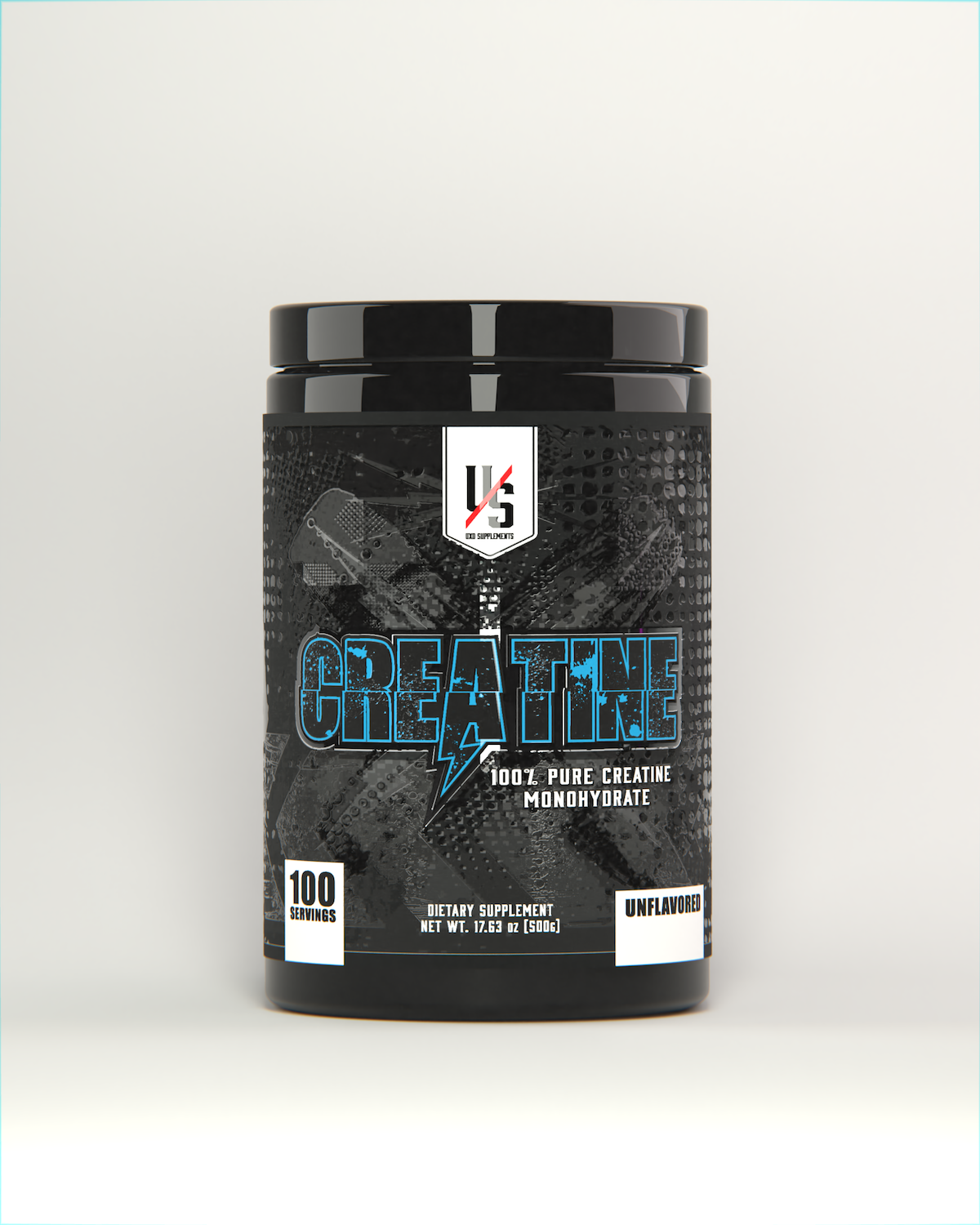
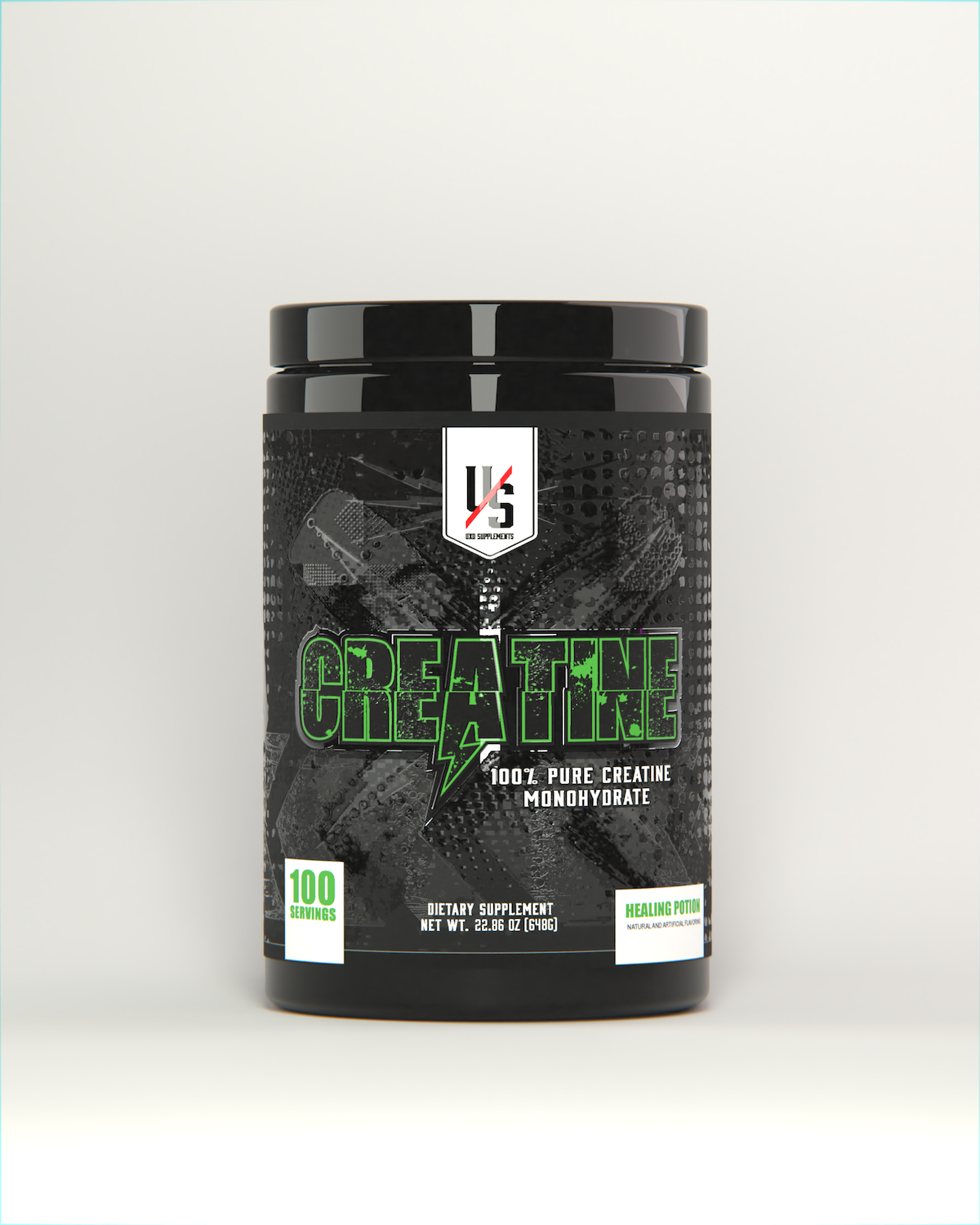
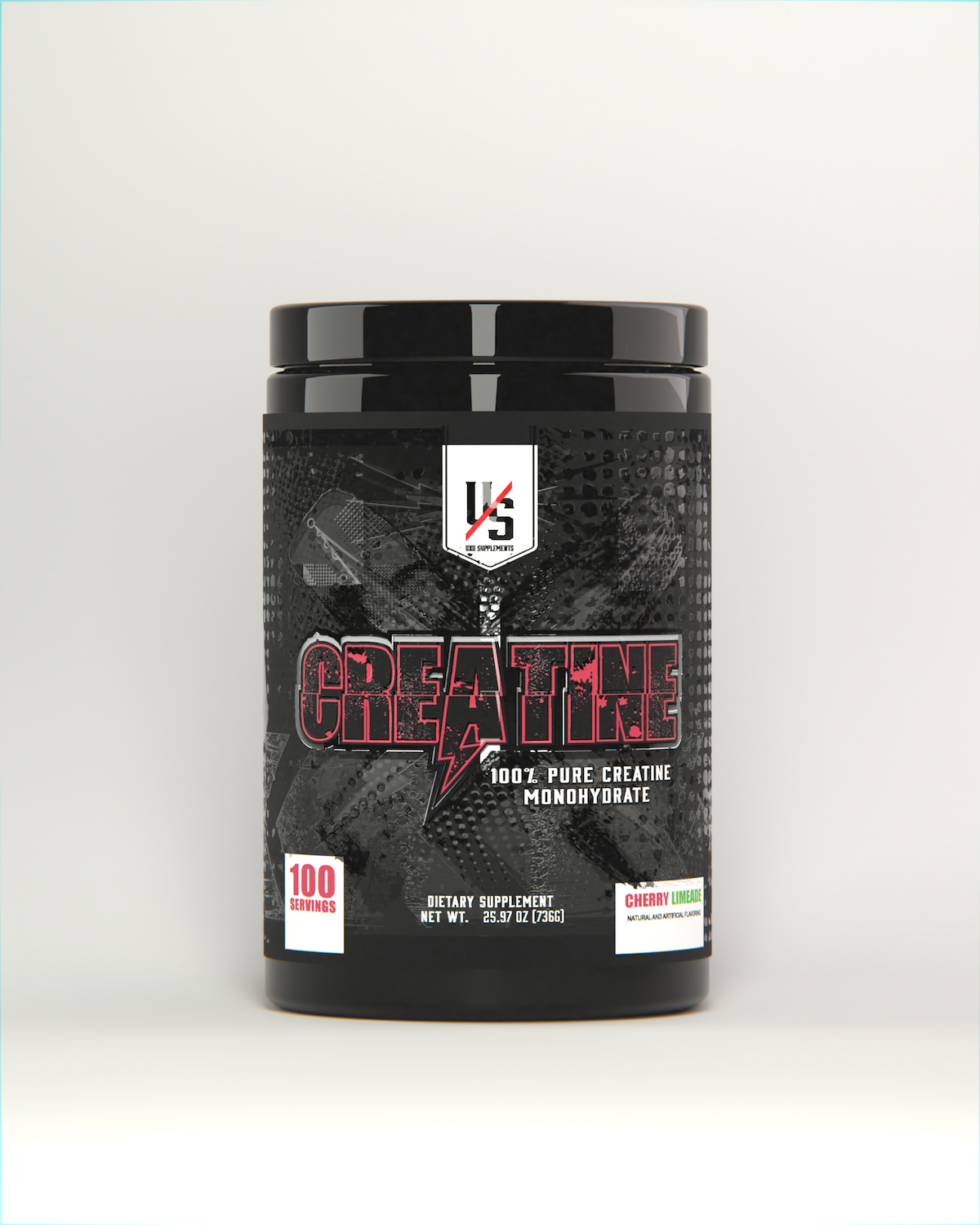
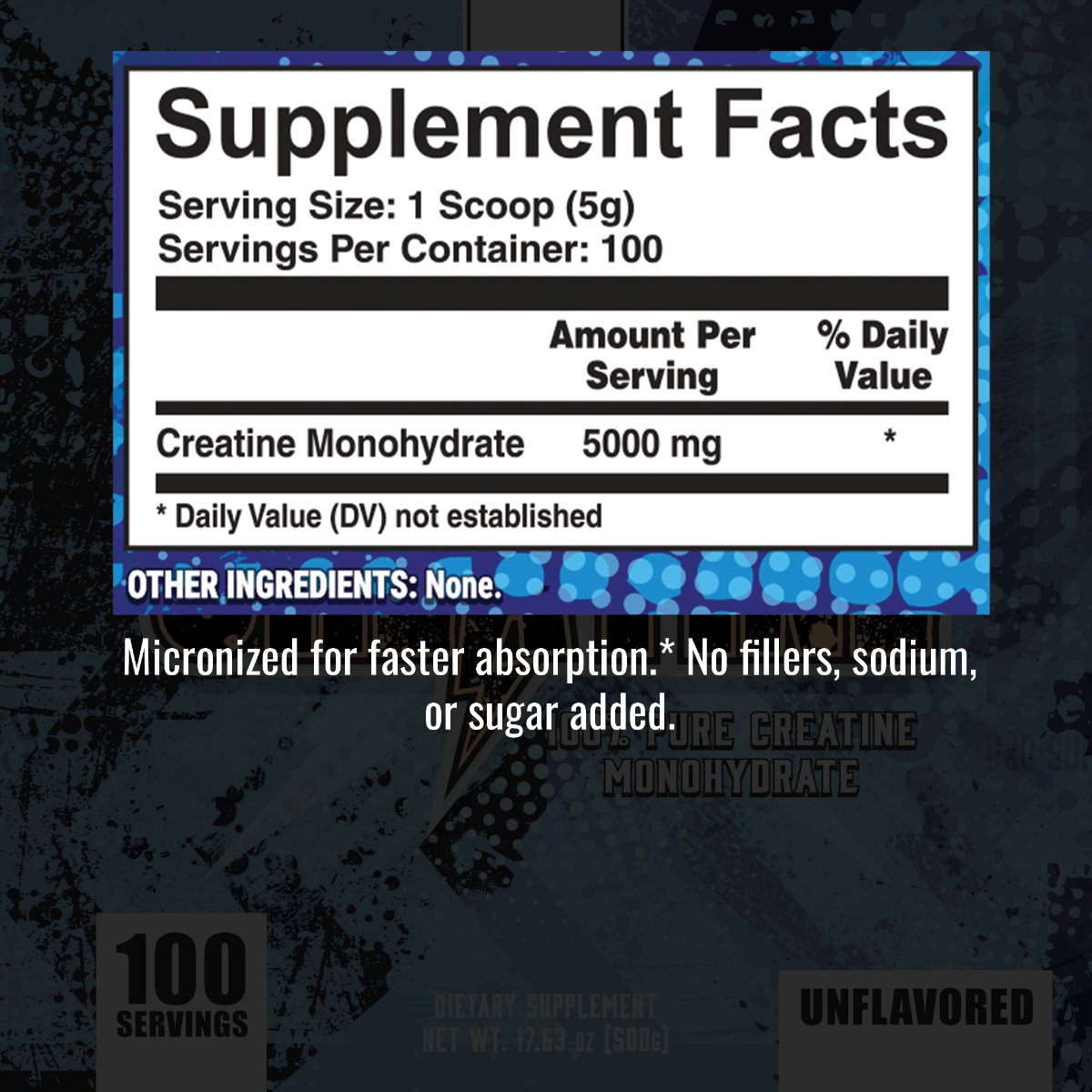
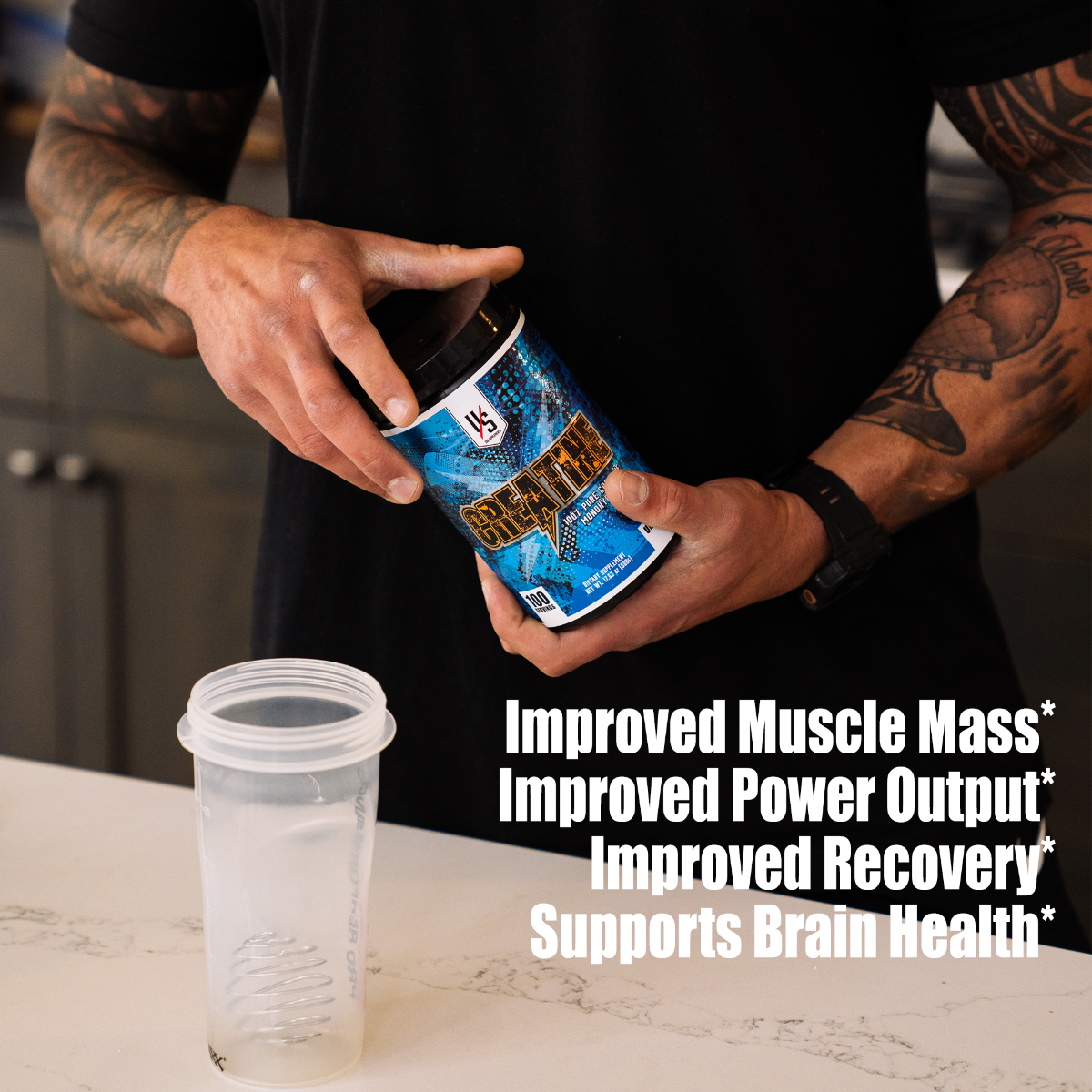
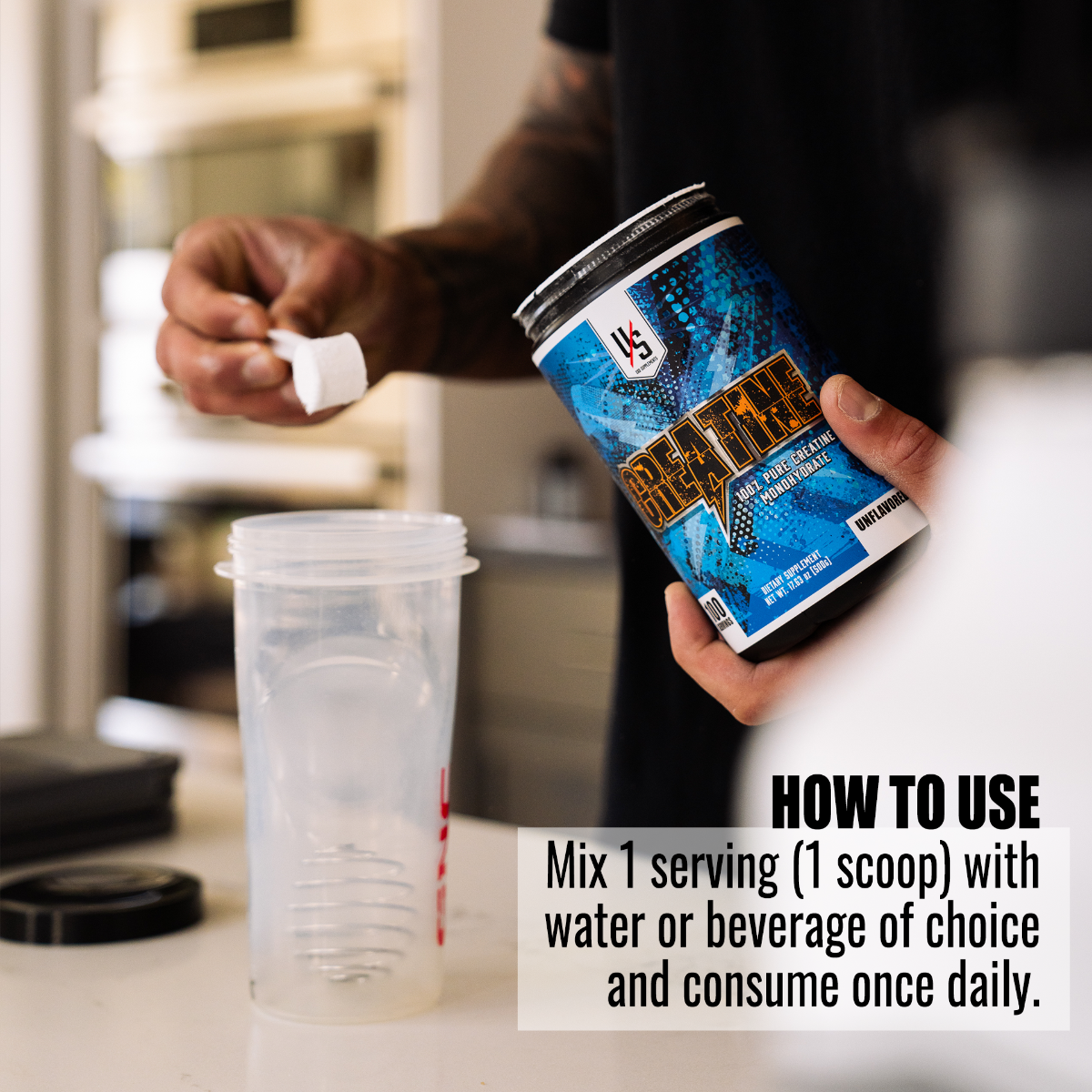
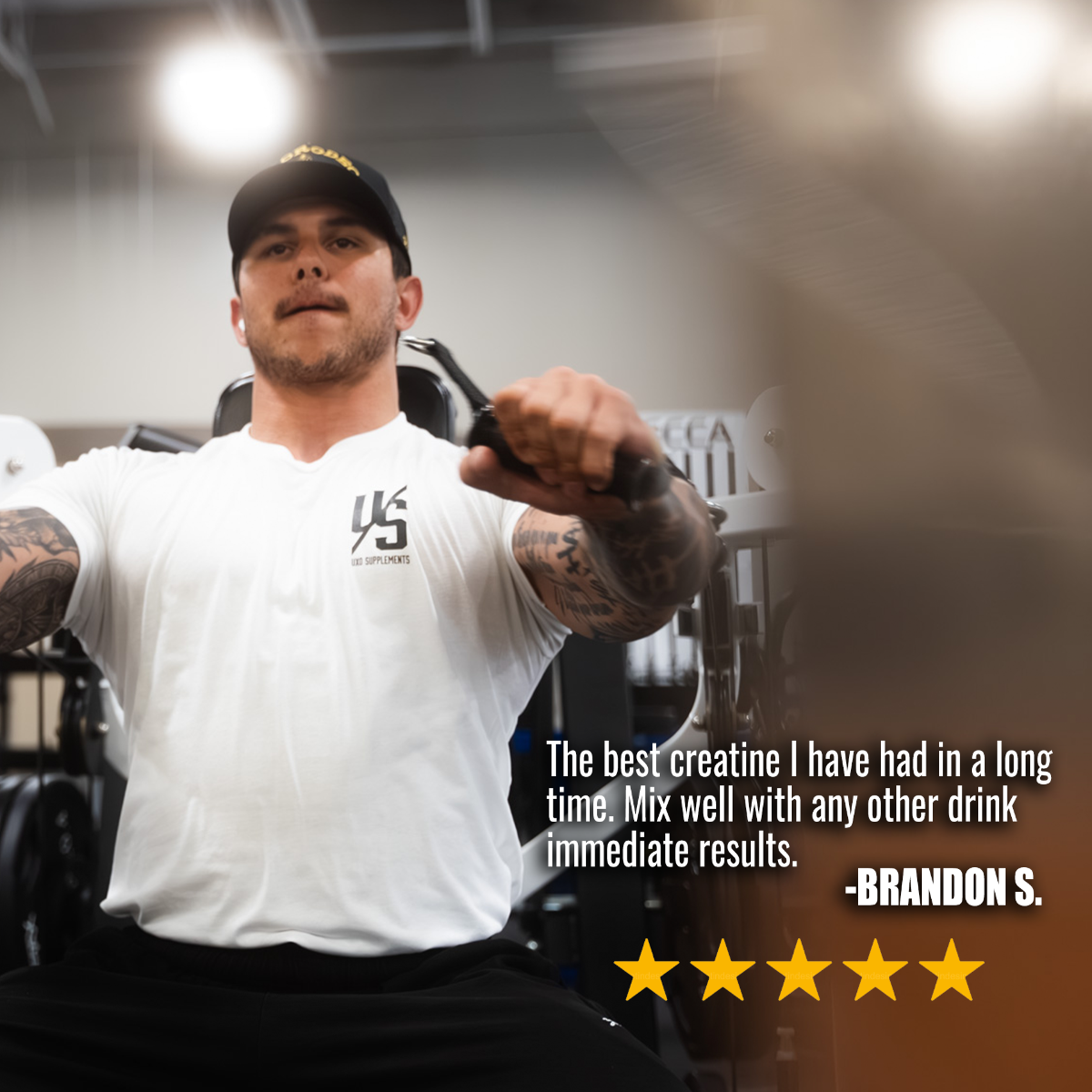
Pickup available at 11880 W. President Dr. Suite D
Usually ready in 24 hours

Micronized Creatine Monohydrate
100 serving / Healing Potion
11880 W. President Dr. Suite D
11880 W President Dr
Suite D
Boise ID 83713
United States
PRODUCT DETAILS
100 servings per container |
|
Increased muscle and strength |
|
improved recovery |
|
could support brain health |
How do you choose the right Creatine Monohydrate?
1: While Creatine Monohydrate is the most popular version, there are differences in Creatine Monohydrate. If you are worried about stomach sensitivity, we recommend taking a Micronized Creatine Monohydrate. Micronized meaning it has been broken down into smaller particles to improve solubility.
2: Is 3rd Party testing important to you? Are you a drug tested athlete, or concerned about cross contaminents making their way into your products? The only way to ensure you are getting exactly what is on the label, without any traces of potential banned ingredients is to choose a product that is 3rd party tested.
3: How do you want to take your creatine? Stack it with your preworkout or EAAs? Then a non-flavored one would be a great opton. If you want to take Creatine by itself, we recommend a flavored version.
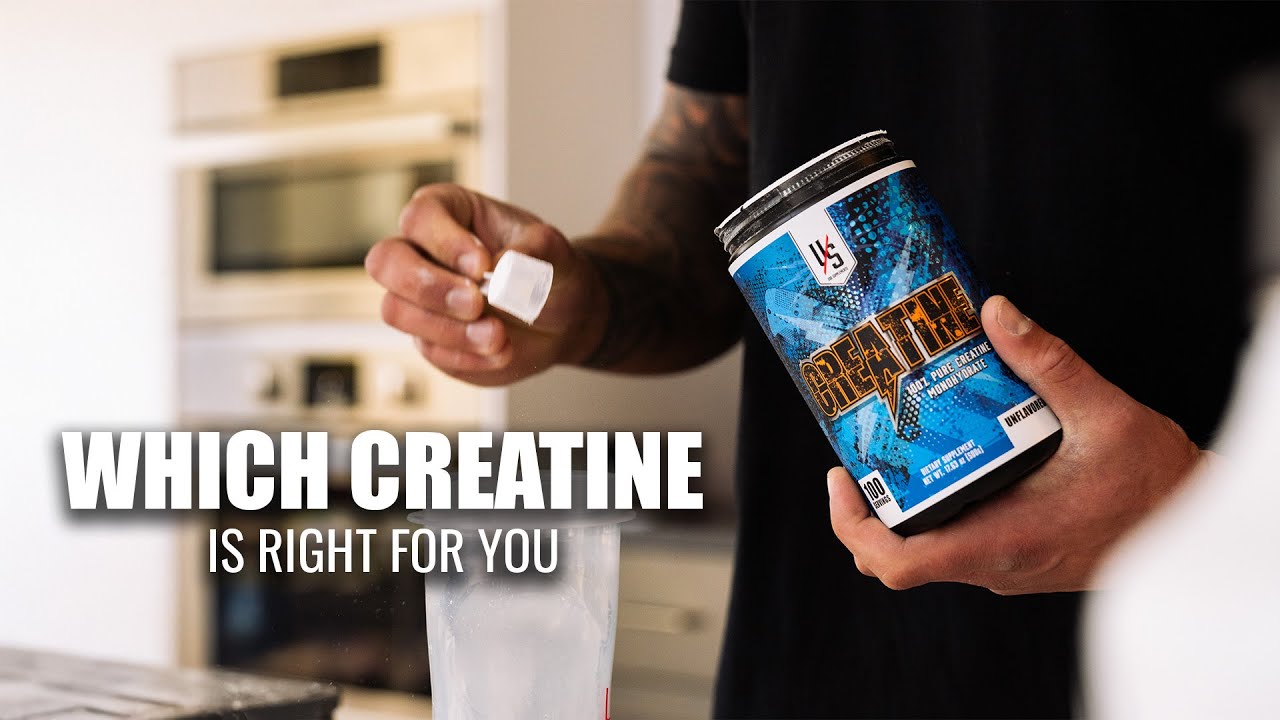
Video
Did you know you can now get Flavored Creatine through UXO Supplements?
With the increased popularity and ever evolving studies on the benefits of Creatine, we decided to give you options. With the unflavored version, you need to be able to mix it with something to mask the bitterness of the raw ingredient. Now you can take Creatine by itself with one of our flavored versions. More will be coming as we continue to grow.
Creatine Monohydrate Pros and Cons
CONS |
|
Not as soluble as HCL |
|
Causes GI Distress with a small % of population |
|
Did you know that improving mobility can help increase strength and reduce the chance of injury while working out? In fact, mobility is one of the most undervalued aspects of fitness. Here are 5 tips to improve your mobility and see better results in the gym!
Tip #01: Incorporate a Dynamic Warm-Up
A dynamic warm-up is key to preparing your body for an intense workout. It helps improve blood flow and increases range of motion in your joints. As a result, you’ll be able to lift heavier weights and avoid injury.
To do a dynamic warm-up, simply perform exercises that mimic the movements you’ll be doing during your workout. For example, if you’re going to squat, do some bodyweight squats or lunges first. Or if you’re going to deadlift, try doing some good mornings or glute bridges.
Not only will a dynamic warm-up help improve your mobility, but it will also help improve your performance in the gym.
Tip #02: Use a Foam Roller or Lacrosse Ball
Foam rolling and using a lacrosse ball are great ways to release tightness in your muscles. If you have a lot of tightness in your muscles, it can limit your range of motion and lead to injury.
To foam roll, simply find a tender spot in your muscle and hold for 30-60 seconds. For a lacrosse ball, place the ball under your muscle and apply pressure until you find a tender spot. Then, hold for 30-60 seconds.
Both methods may be uncomfortable at first, but they’ll help improve mobility over time. Plus, they’re great for pre-workout warm-ups and post-workout recovery.
Tip #03: Stretch After Your Workouts
Stretching after your workouts is also important for improving mobility. When you stretch, you help lengthen your muscles and improve range of motion. As a result, you’ll be less likely to experience stiffness or soreness.
To get the most out of your stretching routine, hold each stretch for 30-60 seconds. And be sure to focus on major muscle groups like your hamstrings, glutes, and lower back.
Tip #04: Try New Exercises
One way to challenge your mobility is by trying new exercises. If you always do the same workout routine, your body will become accustomed to the movements. But if you switch things up and try new exercises, it can help improve mobility.
Not only that, but trying new exercises is also a great way to keep your workouts interesting. So if you’re looking to improve your mobility and mix things up, don’t be afraid to try new exercises.
Tip #05: Get Adequate Sleep
Lastly, getting enough sleep is essential for improving mobility. When you sleep, your body repairs itself and prepares for the next day. If you don’t get enough sleep, your body won’t have time to recover properly. As a result, you may be more likely to experience stiffness and soreness.
To improve mobility, aim for seven to eight hours of sleep per night. And if you can, try to get some quality sleep by avoiding electronics before bed and sleeping in a dark and quiet room.
Improving your mobility doesn’t have to be complicated. By incorporating a few simple tips into your routine, you can see big improvements in the gym.
Read more

Pump. What is it and how can it help your hypertrophy training? Pump is defined as an increase in the size of muscle cells due to the accumulation of fluid in the intercellular space. This fluid c...

A lot of people are curious about how often they should take preworkout. The truth is, it depends on the person. Some people can tolerate stimulants well and don't experience any negative side eff...

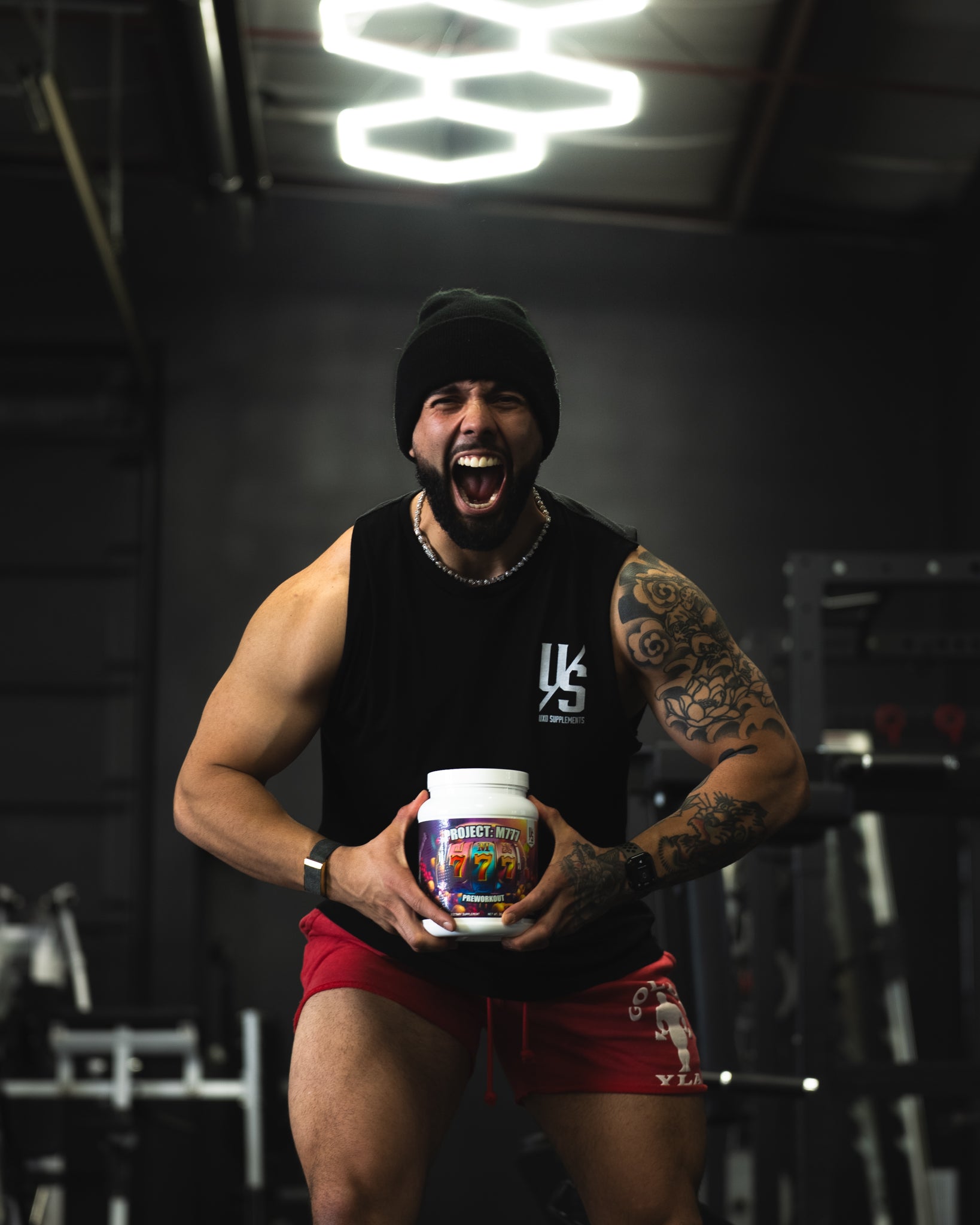




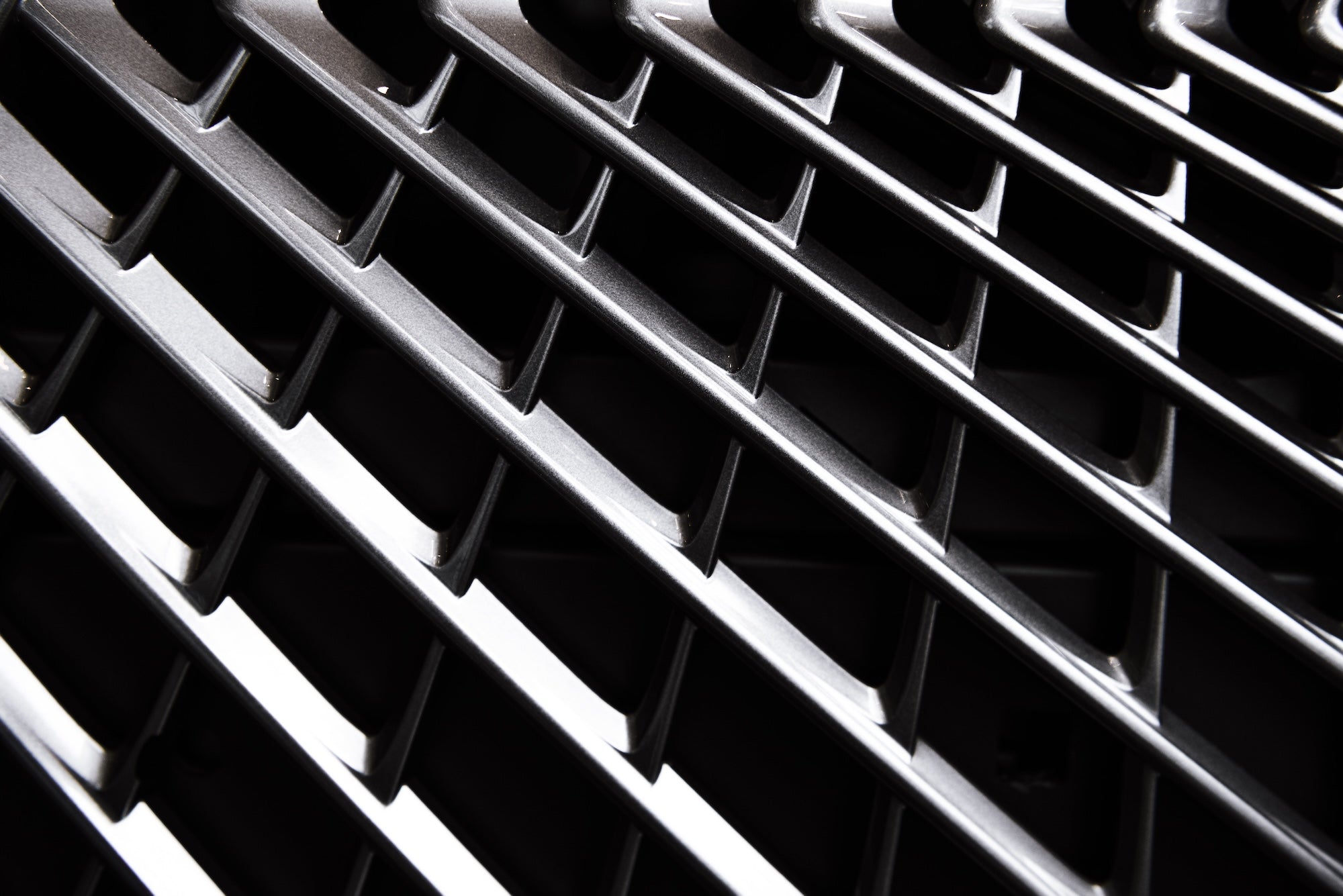

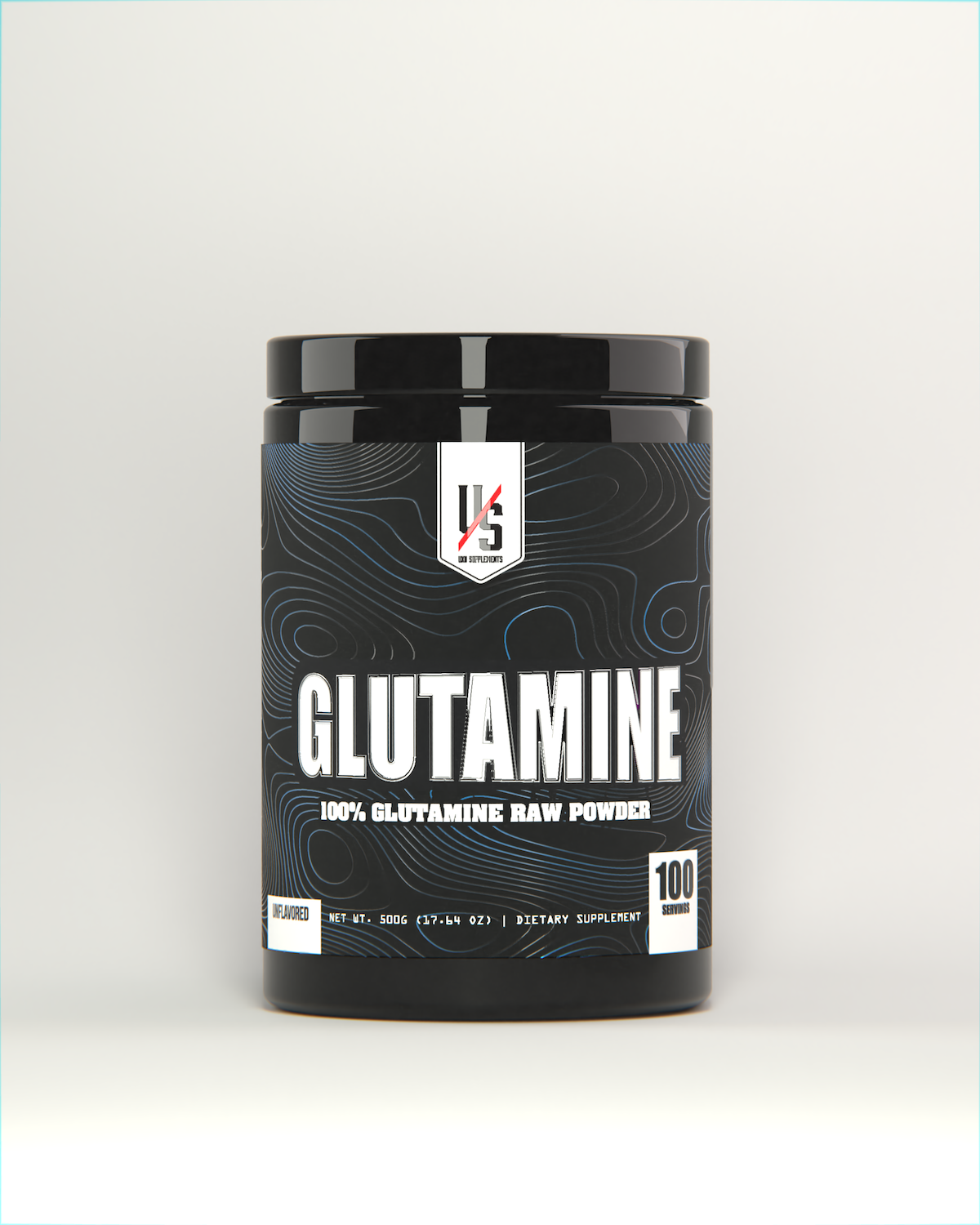

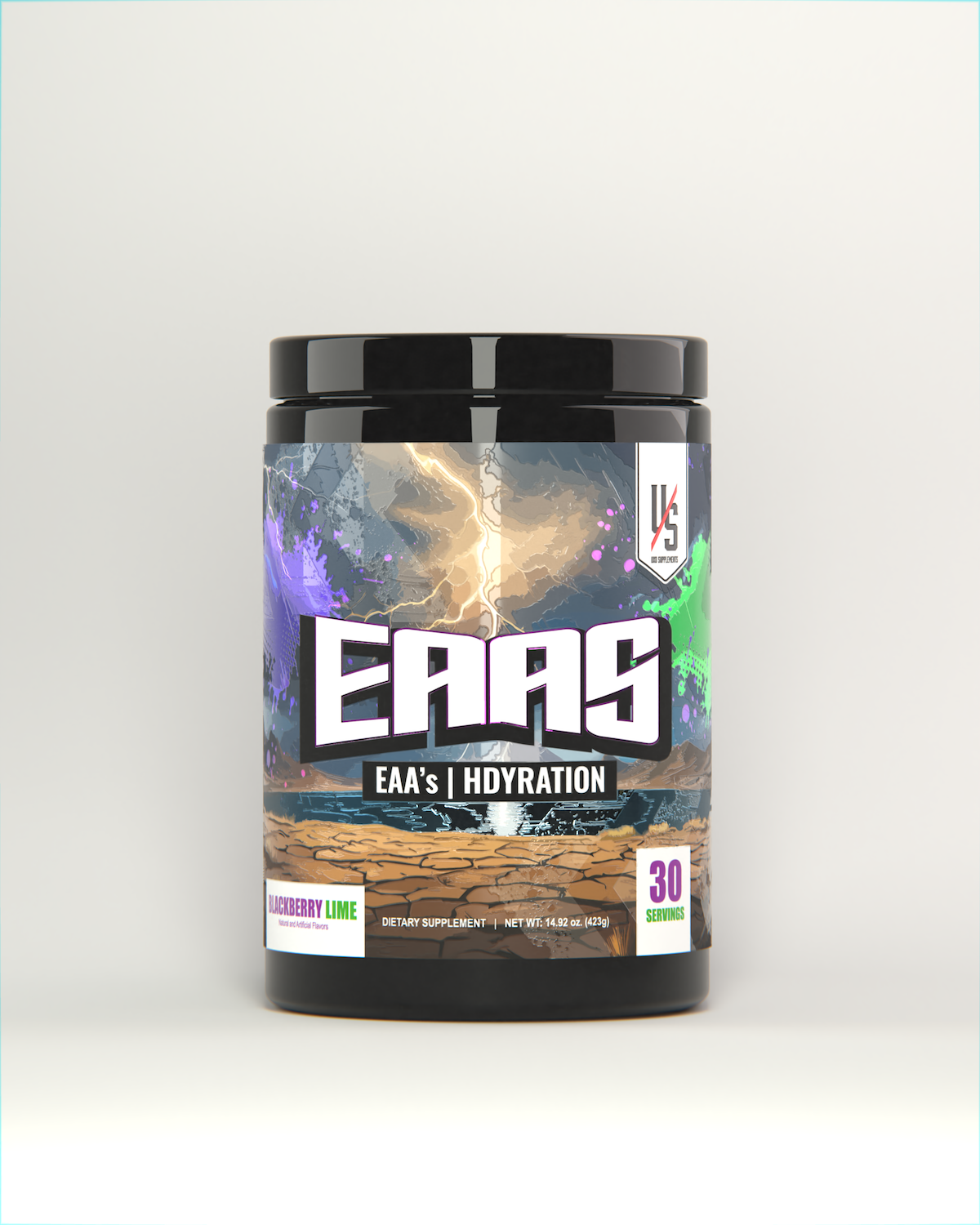
Leave a comment
All comments are moderated before being published.
This site is protected by hCaptcha and the hCaptcha Privacy Policy and Terms of Service apply.